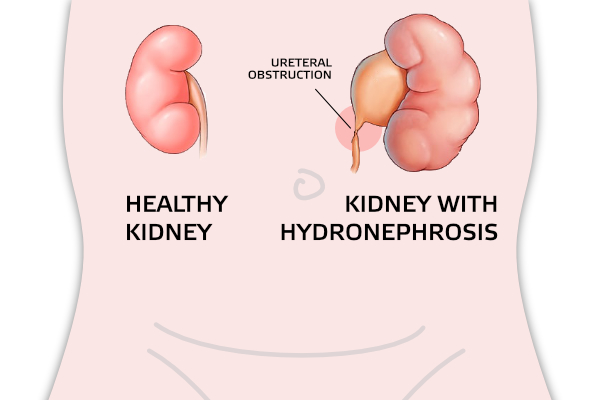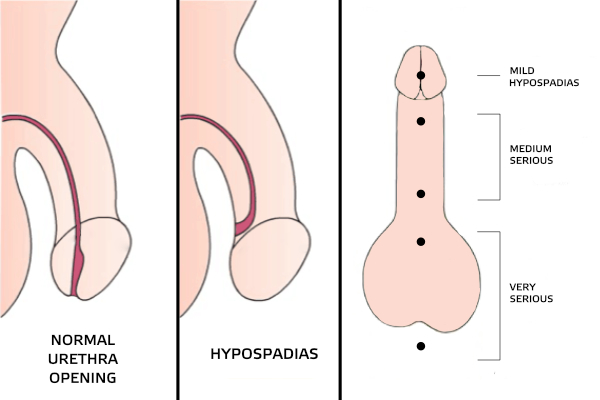One of the most common problems faced by parents of boys is the problem of pulling the foreskin (prepucium) over the head (glans) of the penis. This condition is called phimosis, and can have two forms.
Primary phimosis (physiological) is a natural phenomenon, present in all boys at birth. The foreskin cannot be pulled over the glans at this time because it is attached to it by a series of small joints (adhesions), which break over time. Primary phimosis is a natural process that usually resolves on its own, or with the help of a doctor if its dynamic is slow.
Secondary or pathological phimosis occurs when the opening of the foreskin is too narrow and cannot be pulled over the head, or when scar tissue is created, due to trauma or violent pulling of foreskin. This problem requires treatment, application of creams and gradual pulling of the foreskin, and sometimes the only solution is circumcision.
It is very important that parents do not act on their own concerning this problem, because they can make the situation worse. It often happens that the parent pulls the foreskin by force thinking that it is a quick solution. Violent pulling of the foreskin can cause bleeding, infection, but also secondary phimosis or paraphimosis.
Paraphimosis is a condition in which the foreskin remains stuck below the edge of the glans and cannot be pulled back. This can be a serious problem because it leads to swelling of the glans and restricts blood flow. It requires an urgent visit to the doctor, and can even lead to surgery.
At Medikid, we solve the problem of adherent glans skin by adhesiolysis, under local anesthesia. Anesthetic cream is applied to the skin in order to make the separation of adhesions painless. After a successful intervention, proper hygiene and regular exercise are mandatory so that adhesions do not re-form, on which the parent receives detailed instructions and advice.




